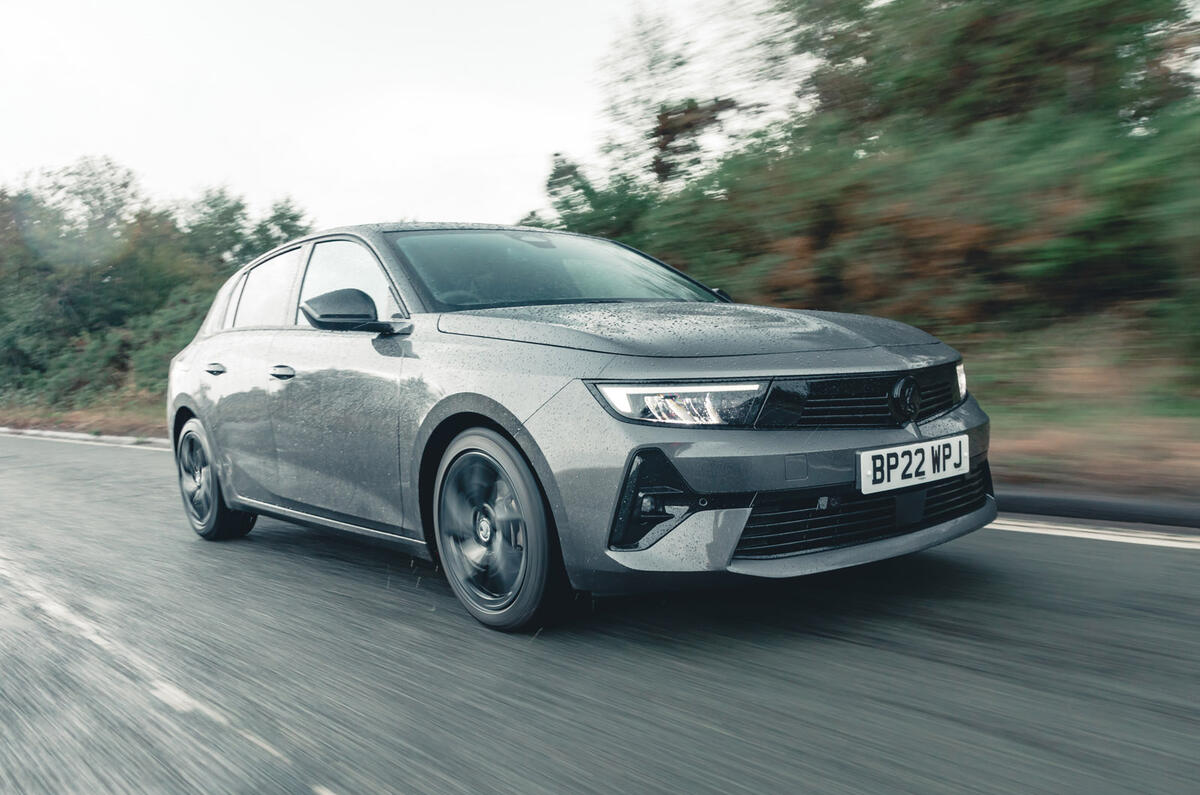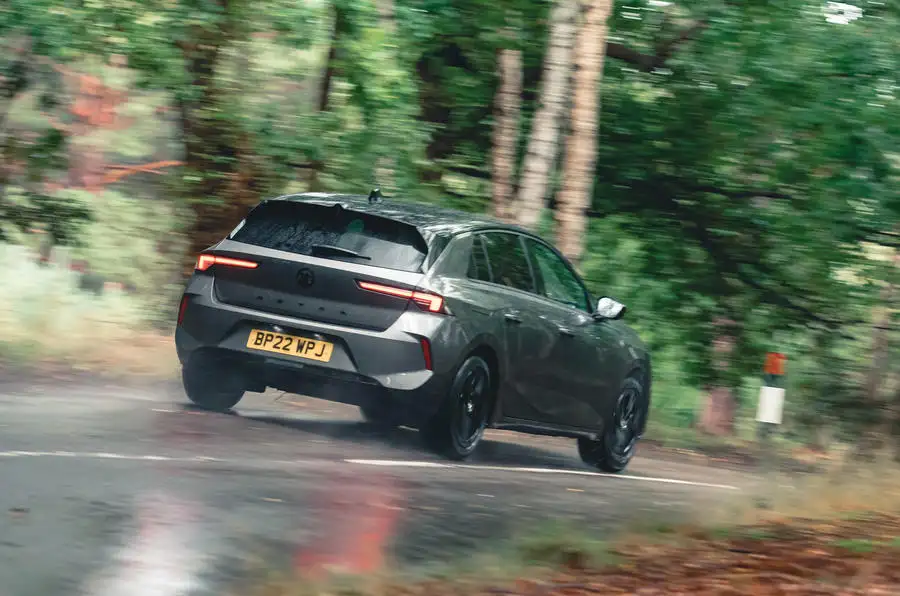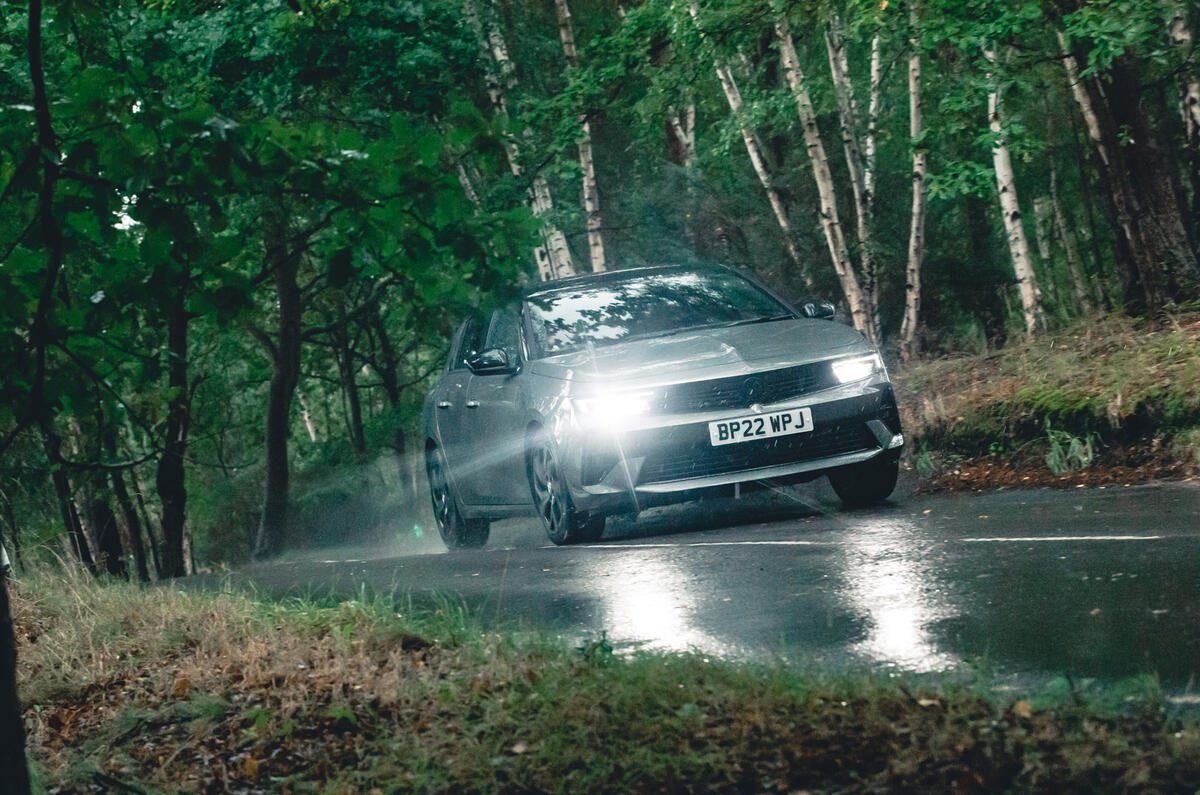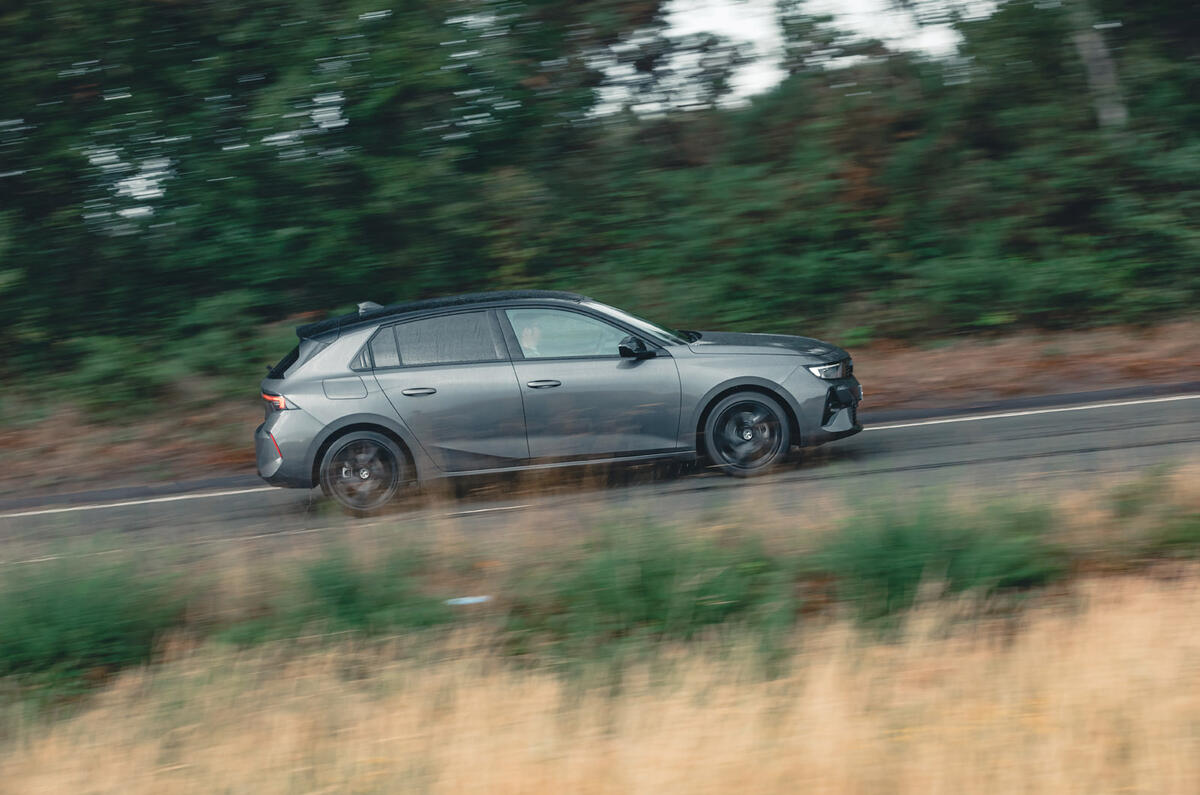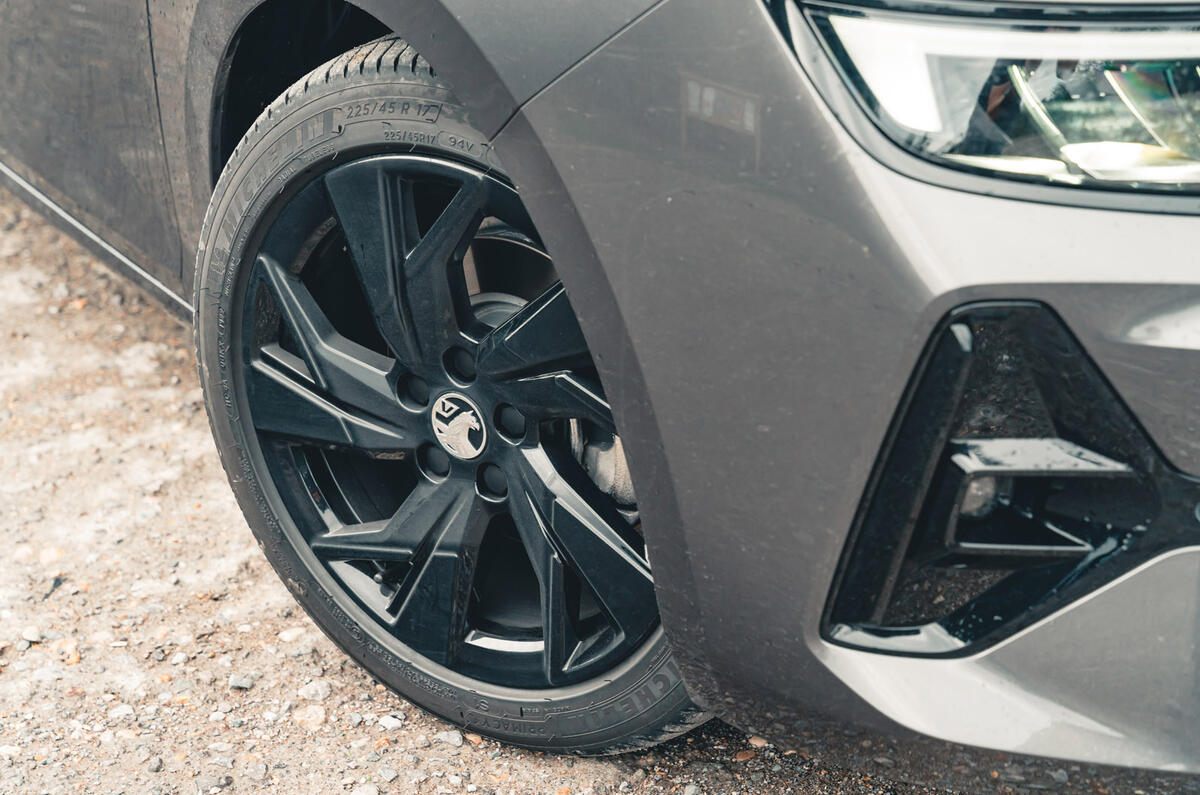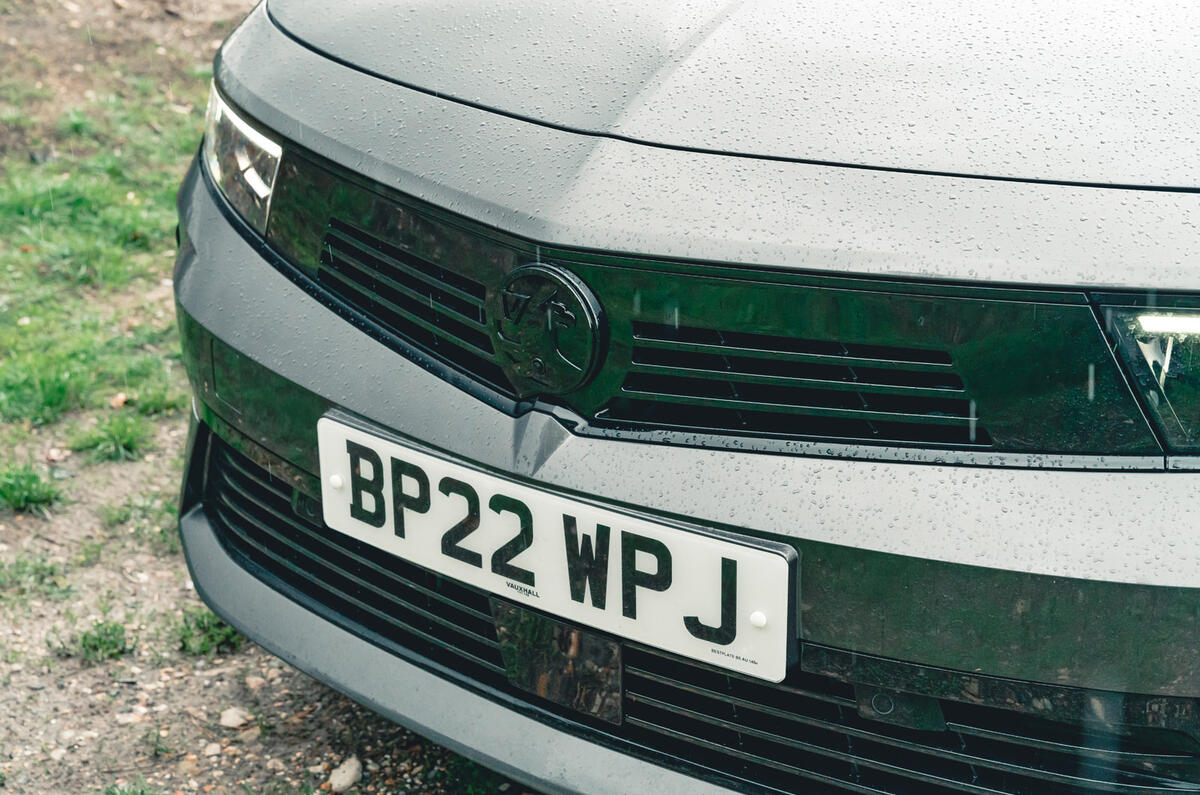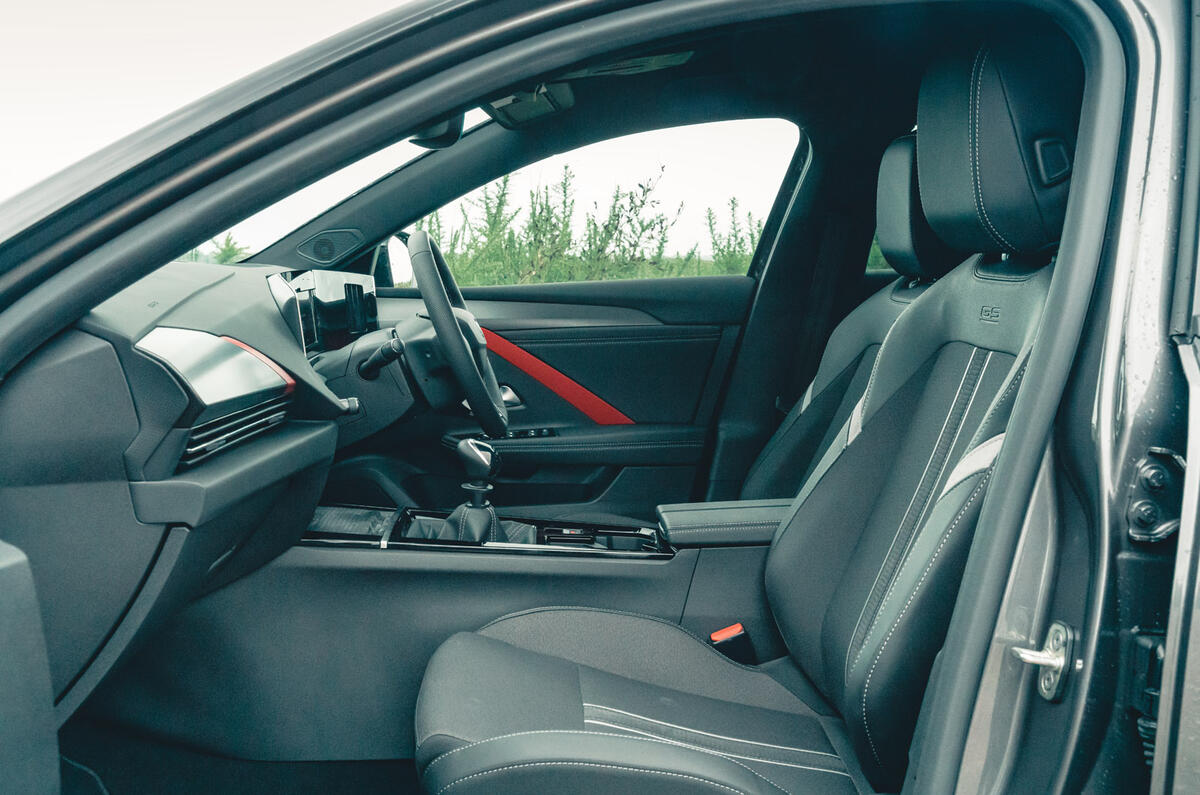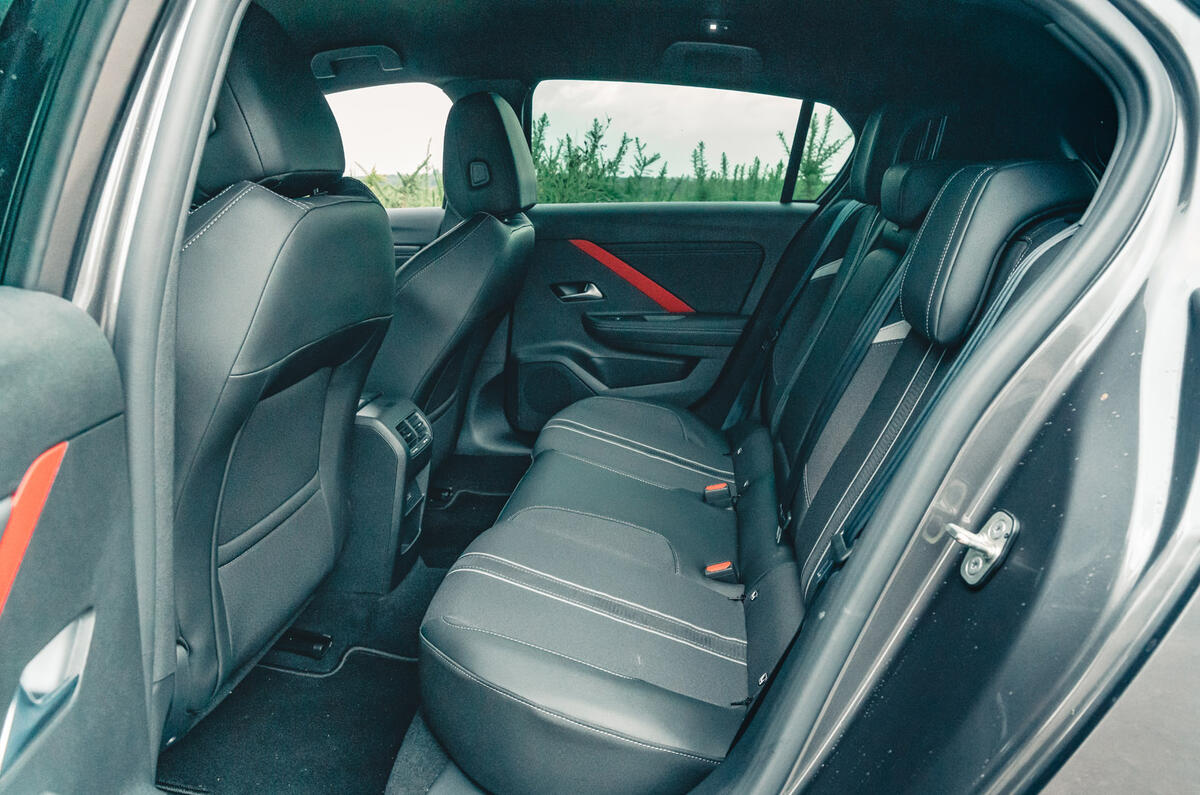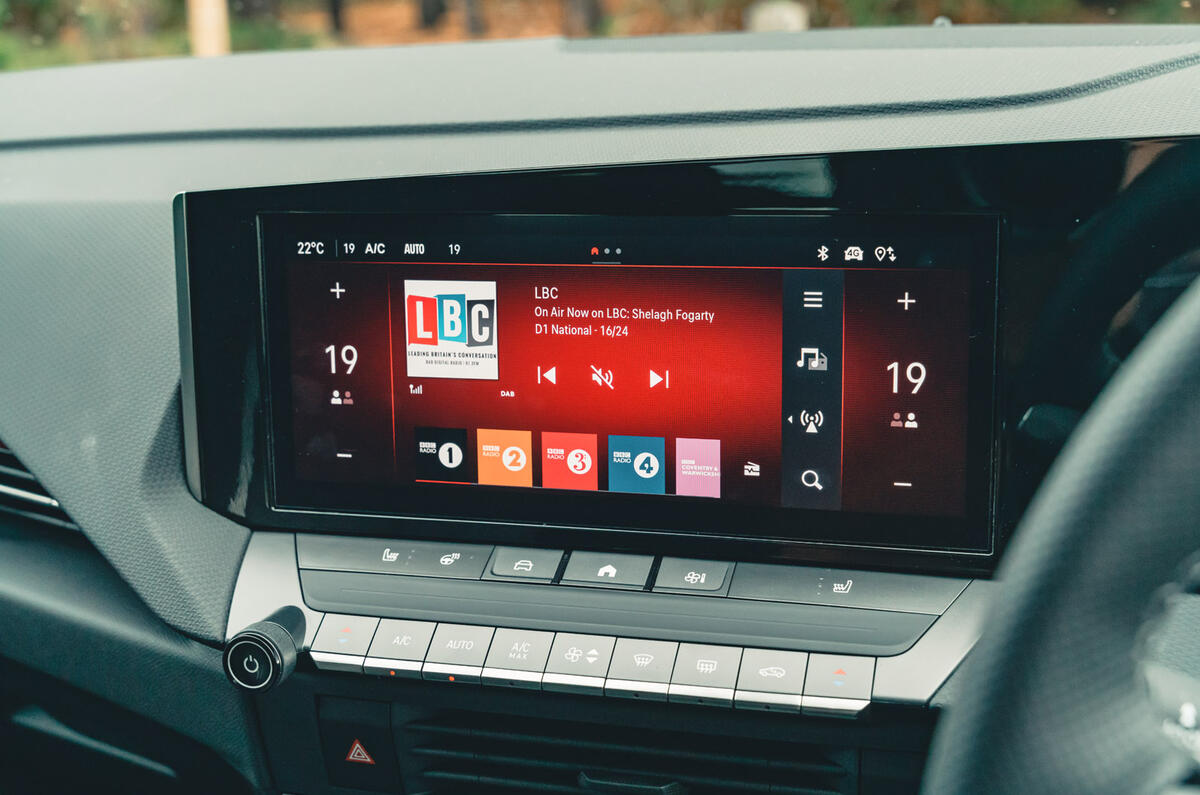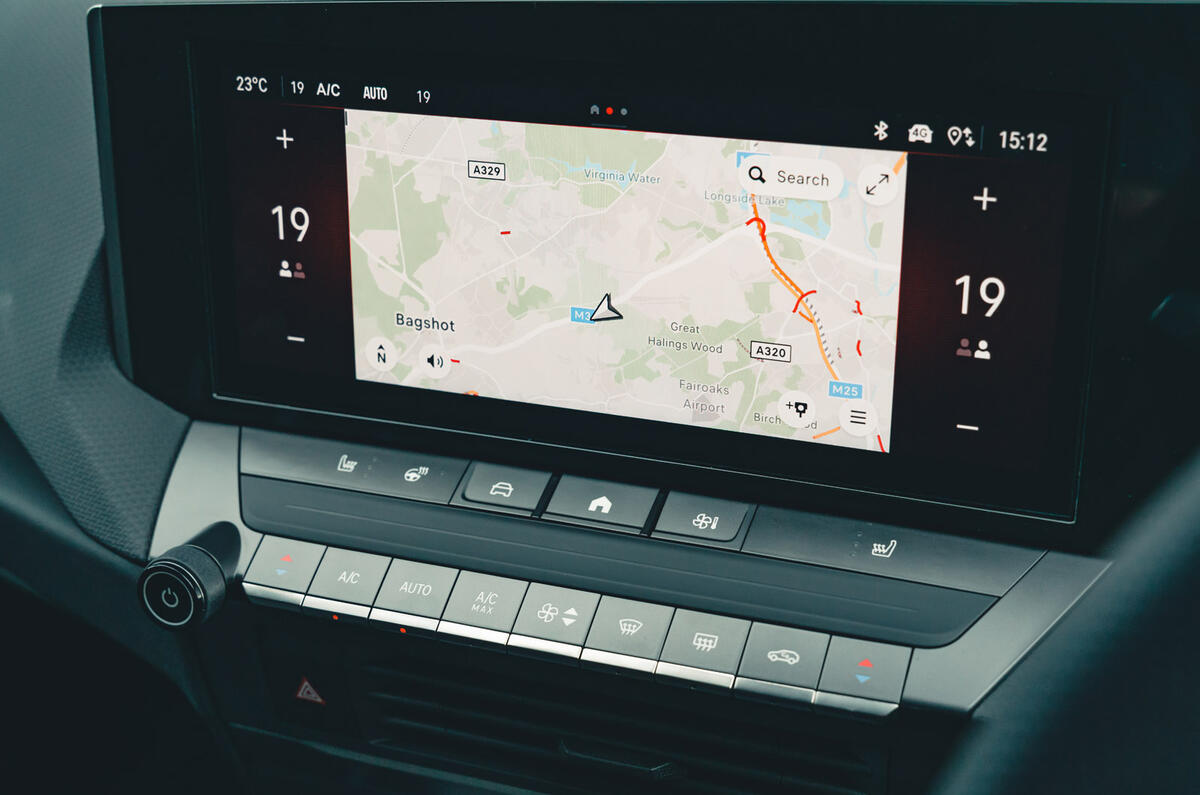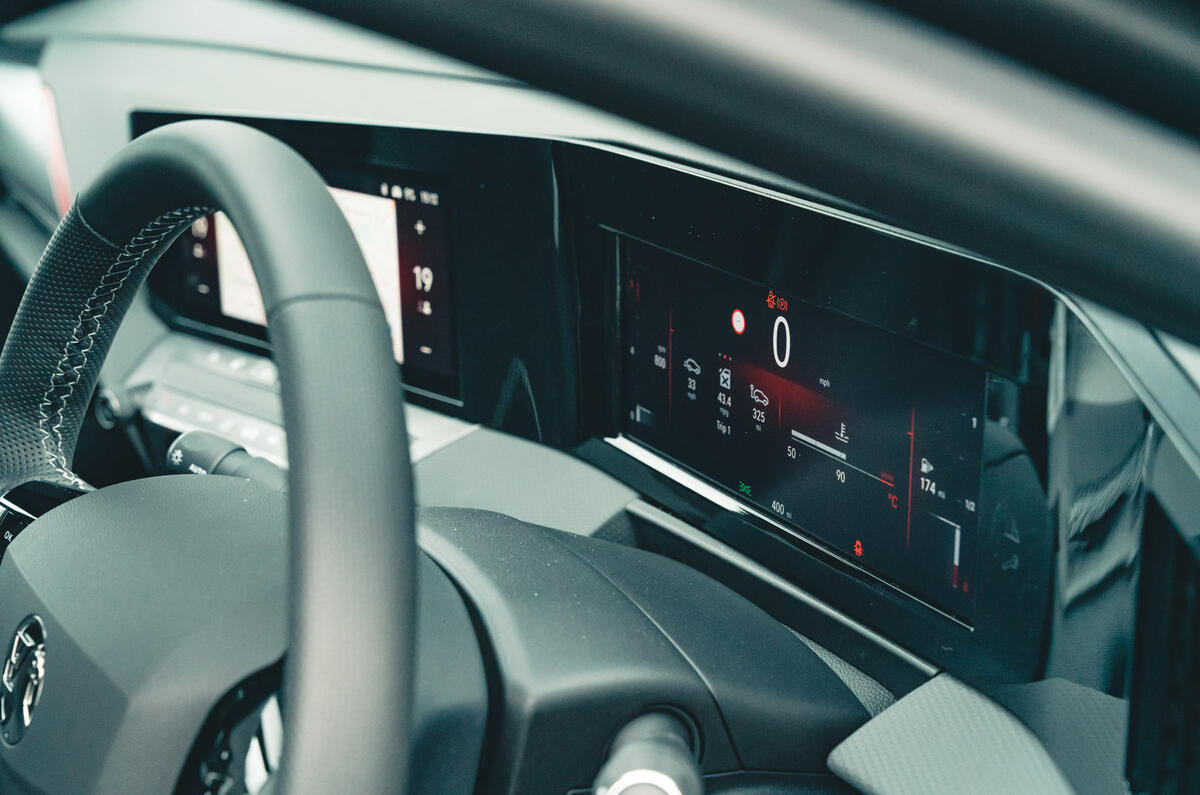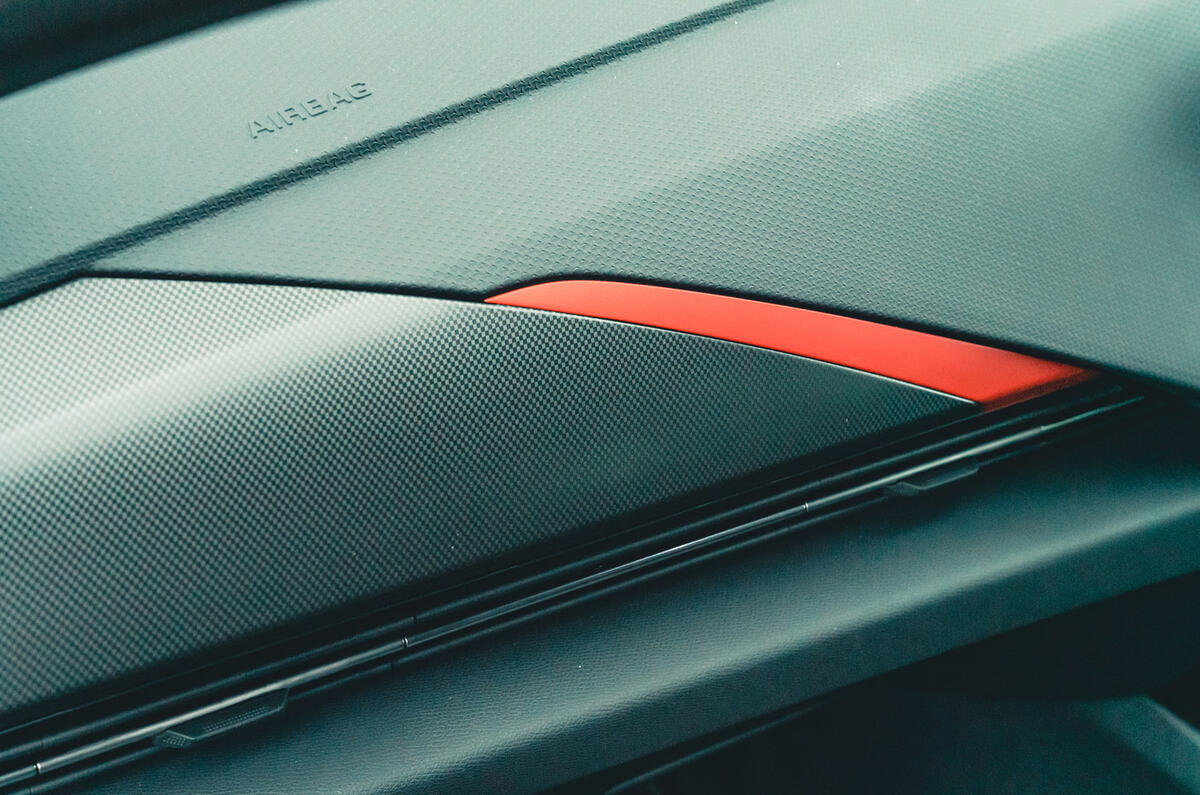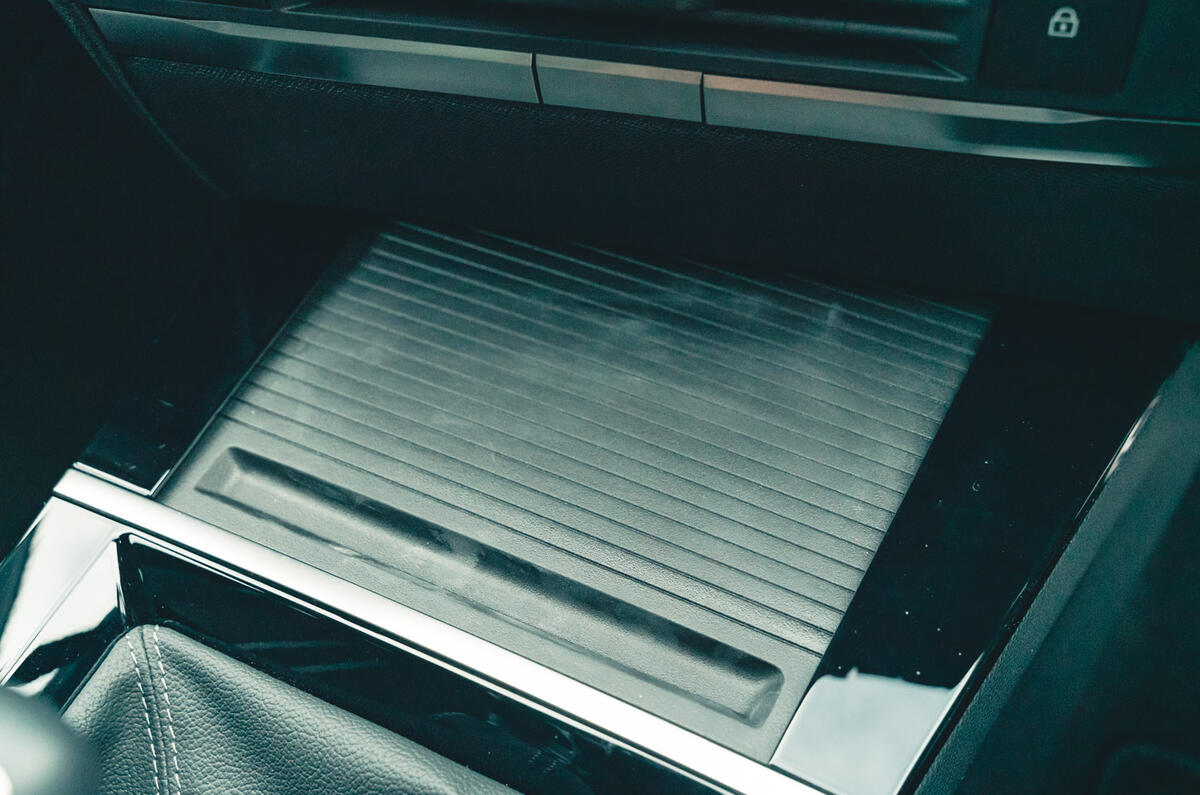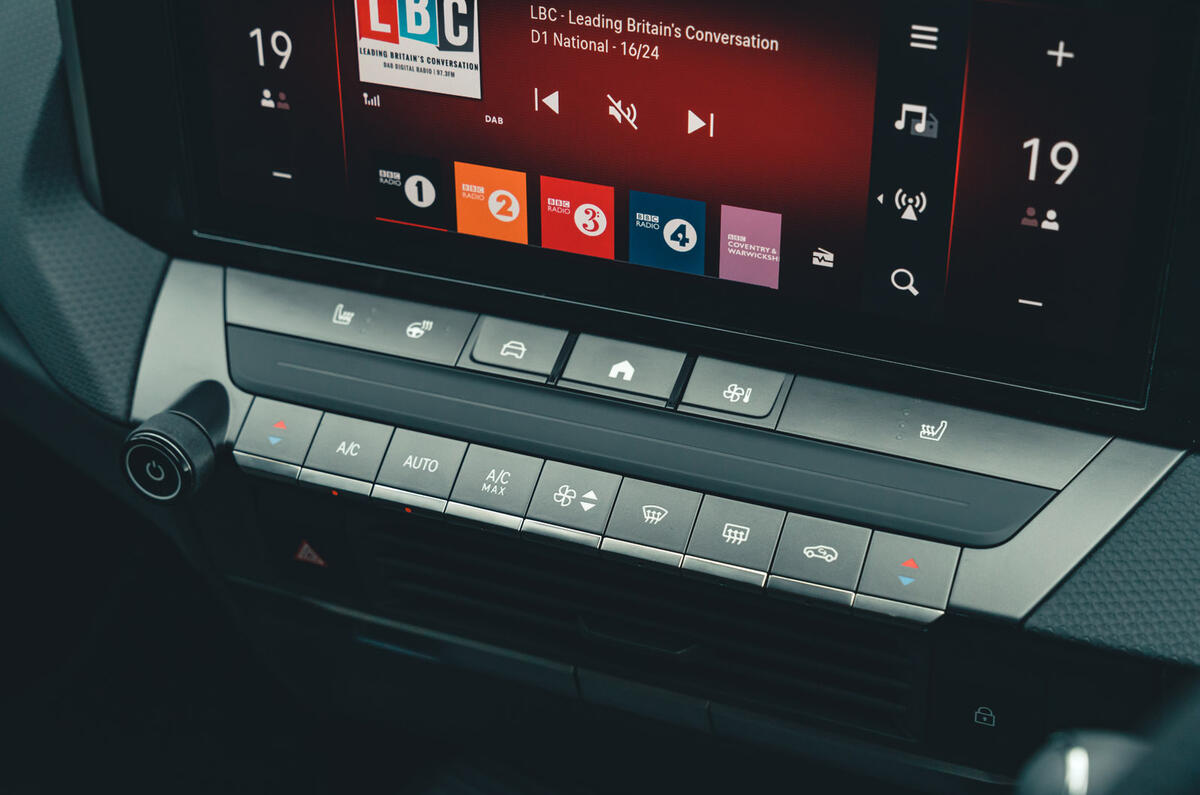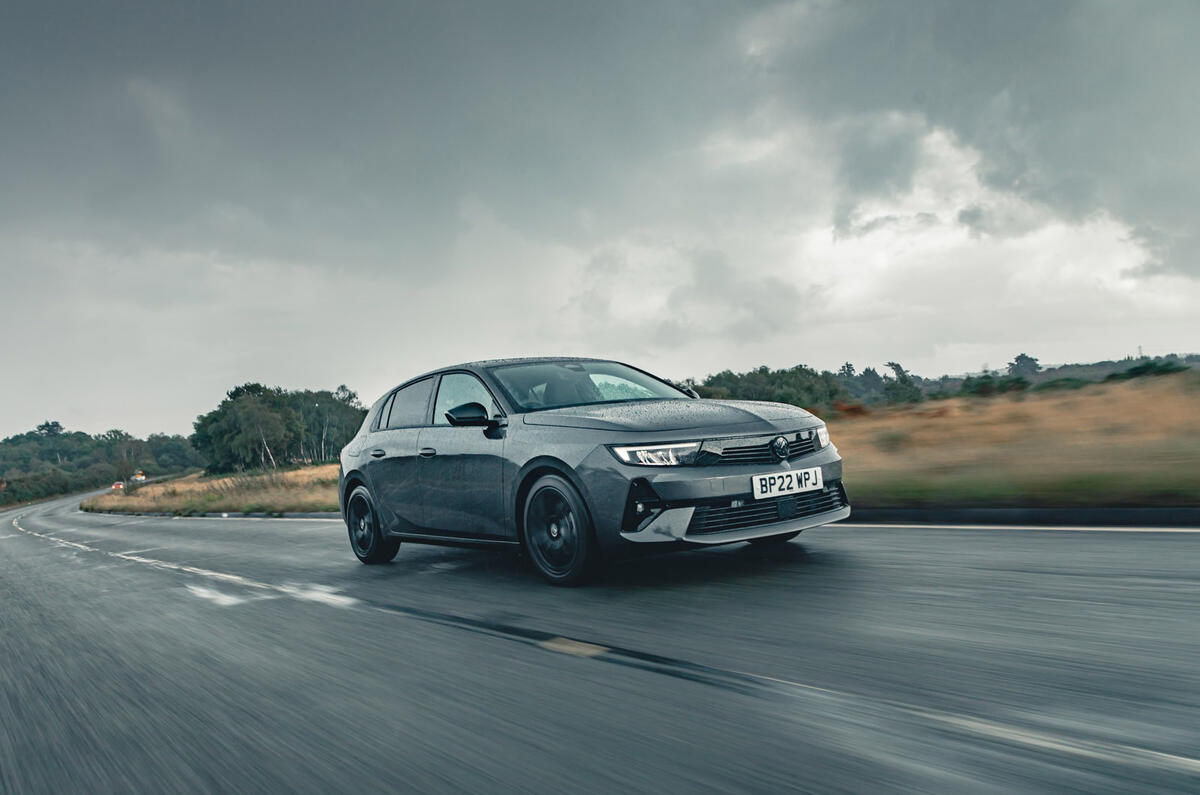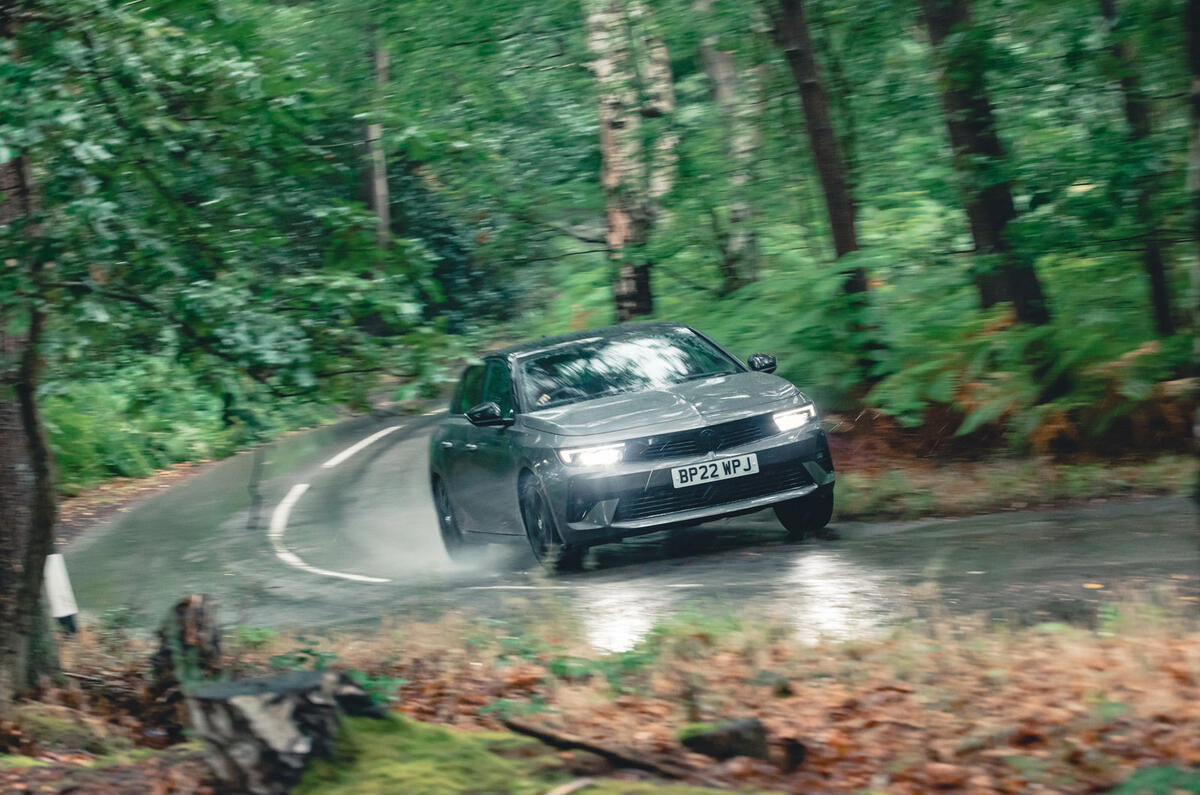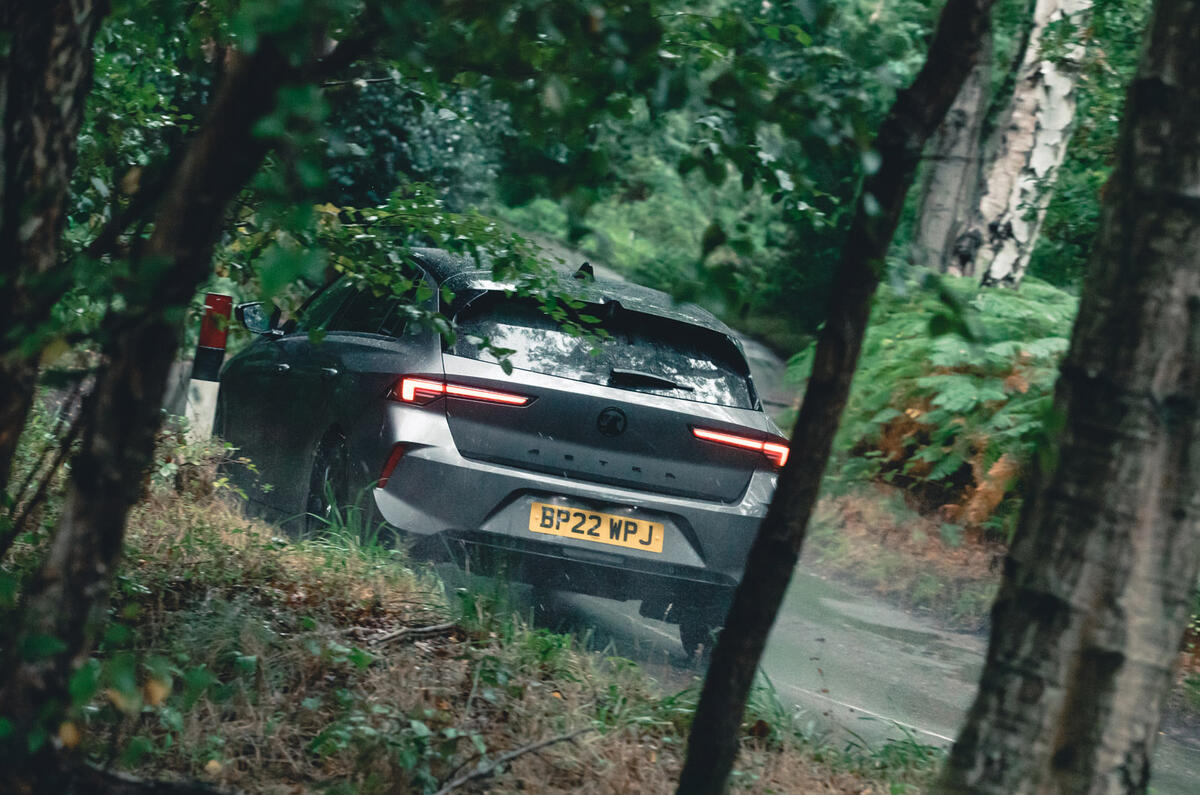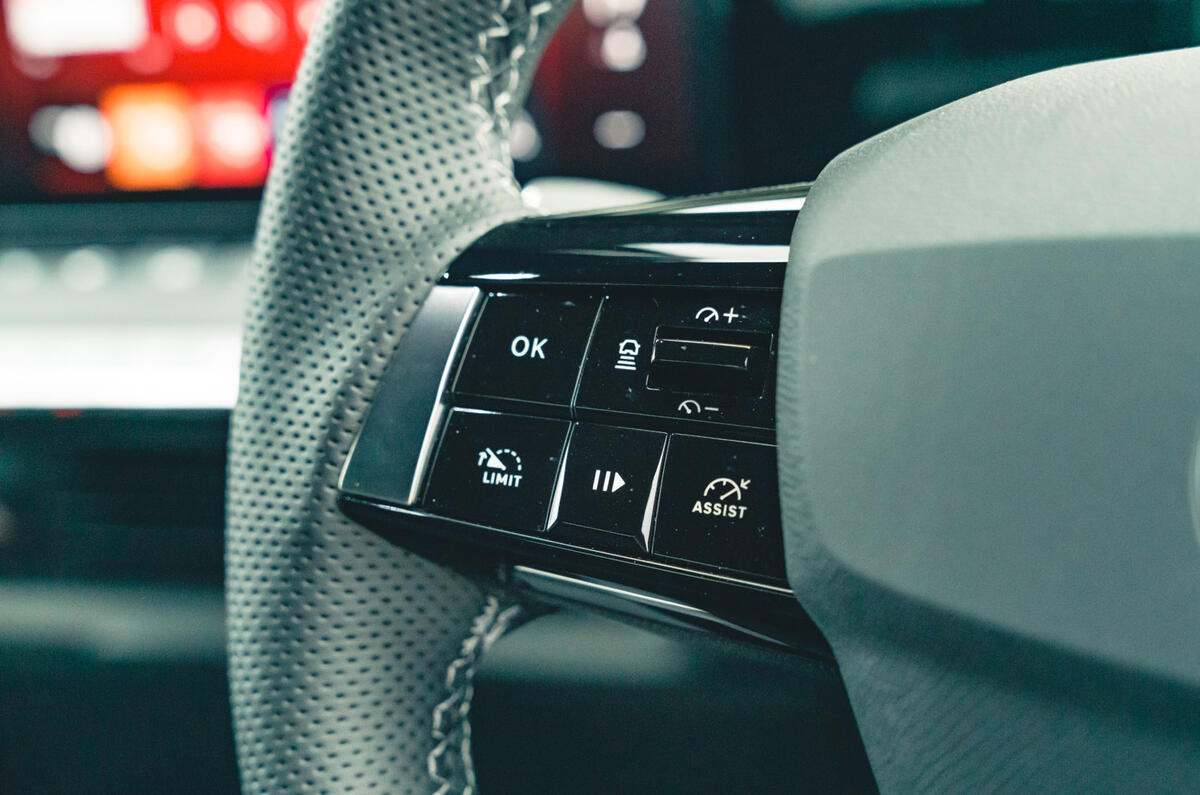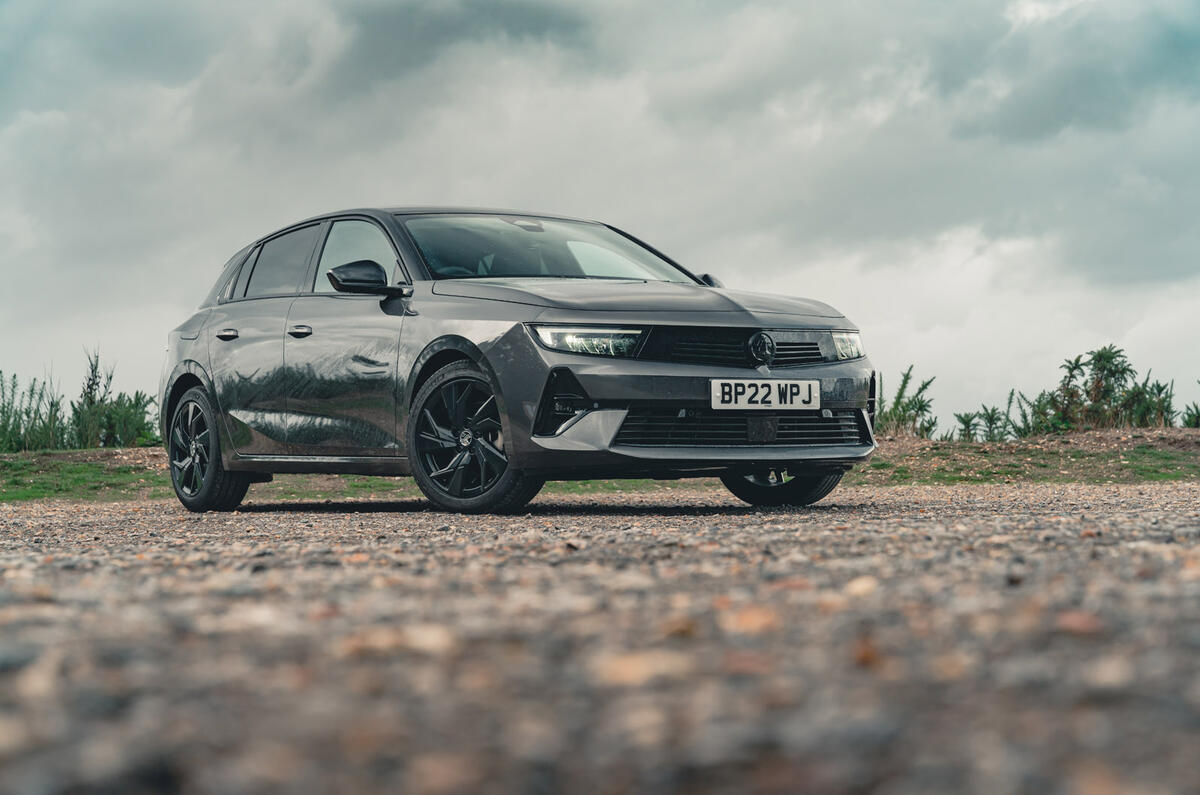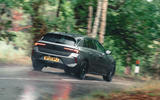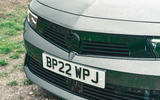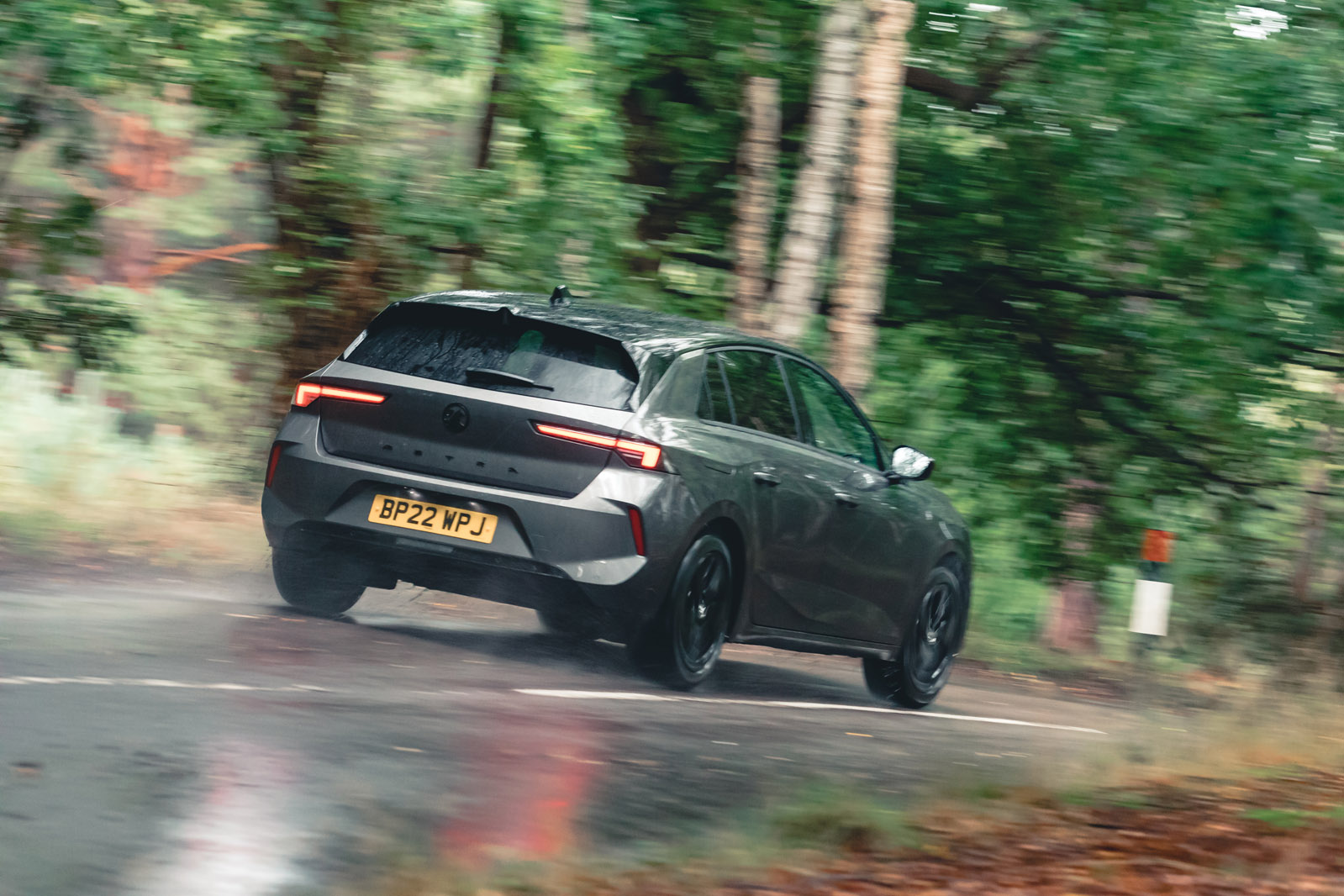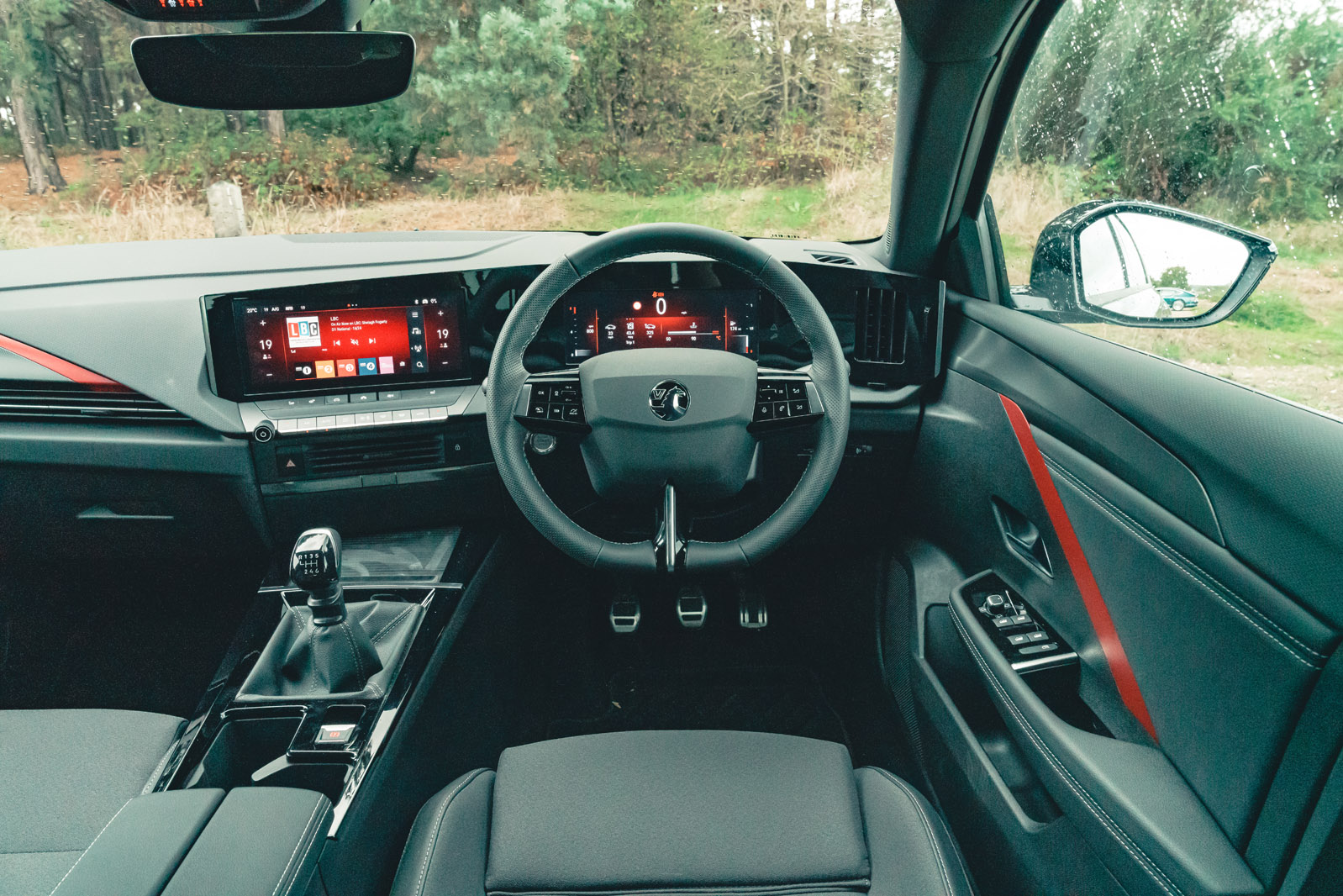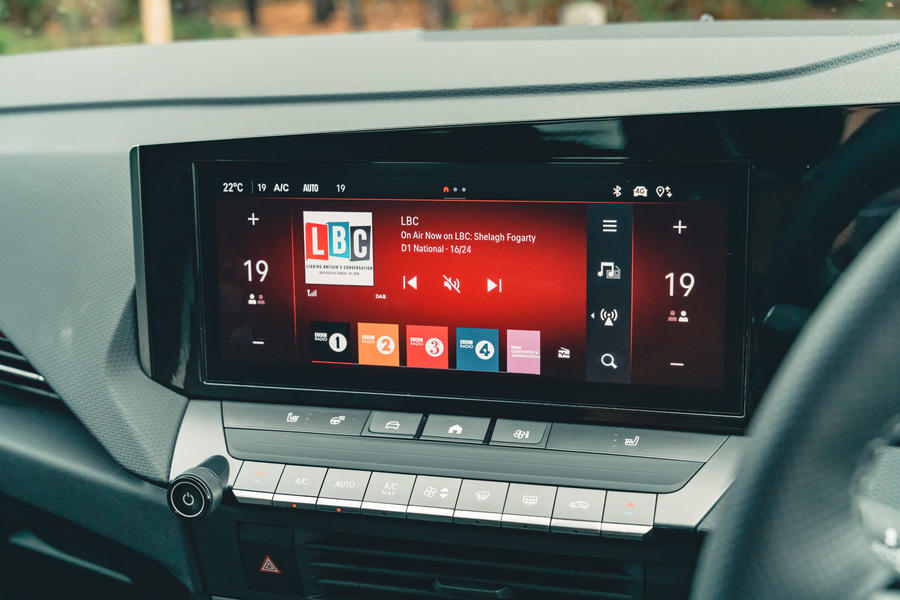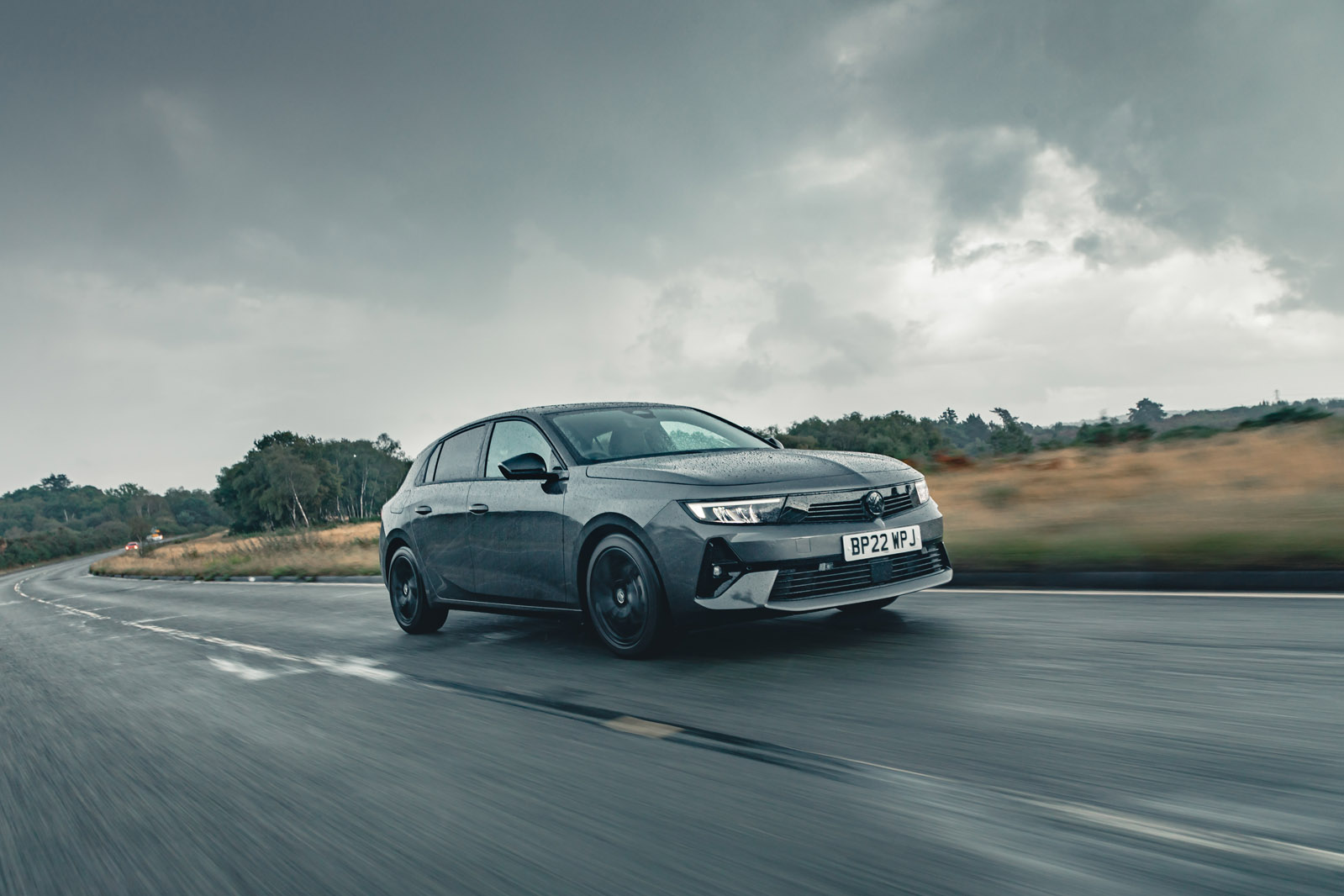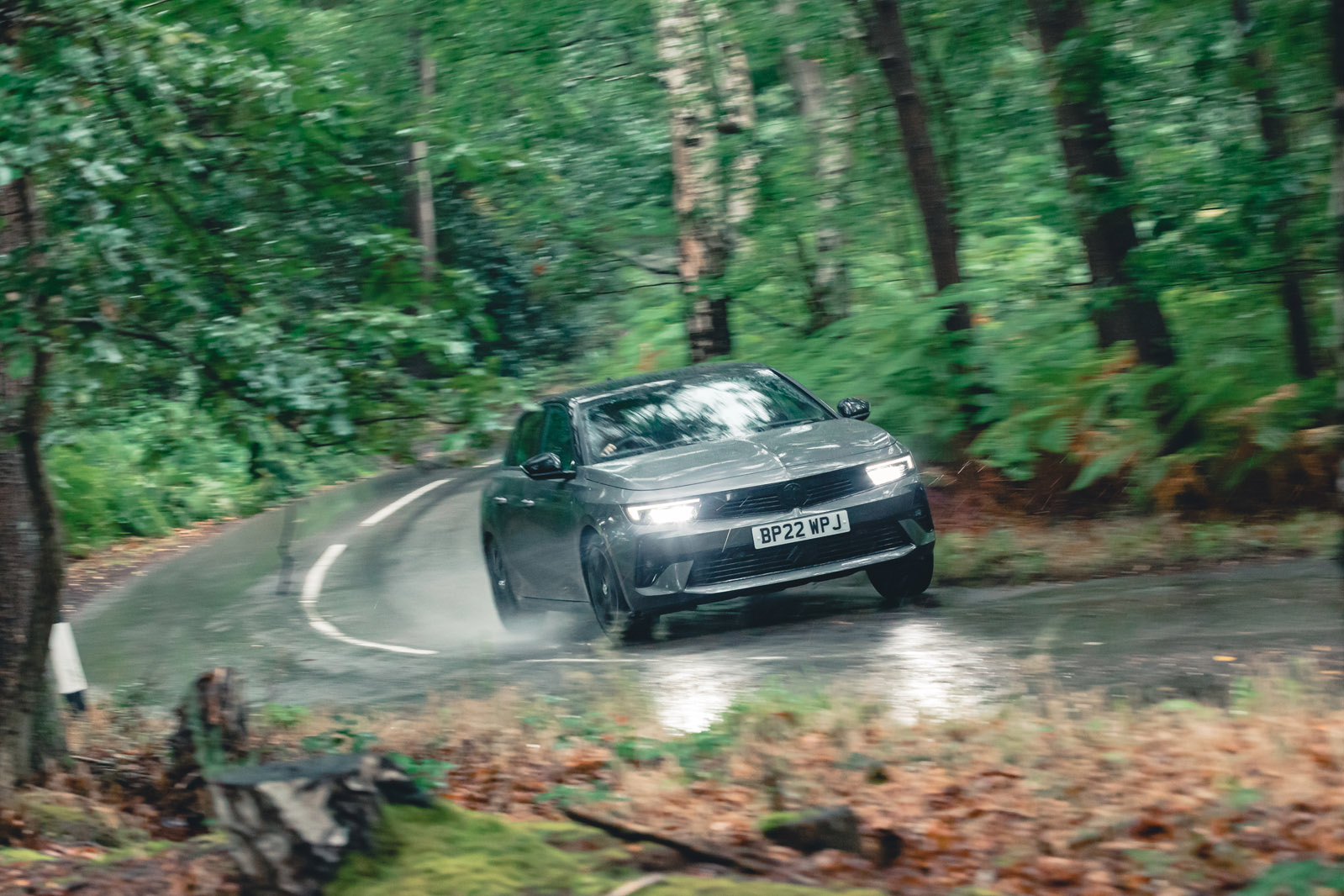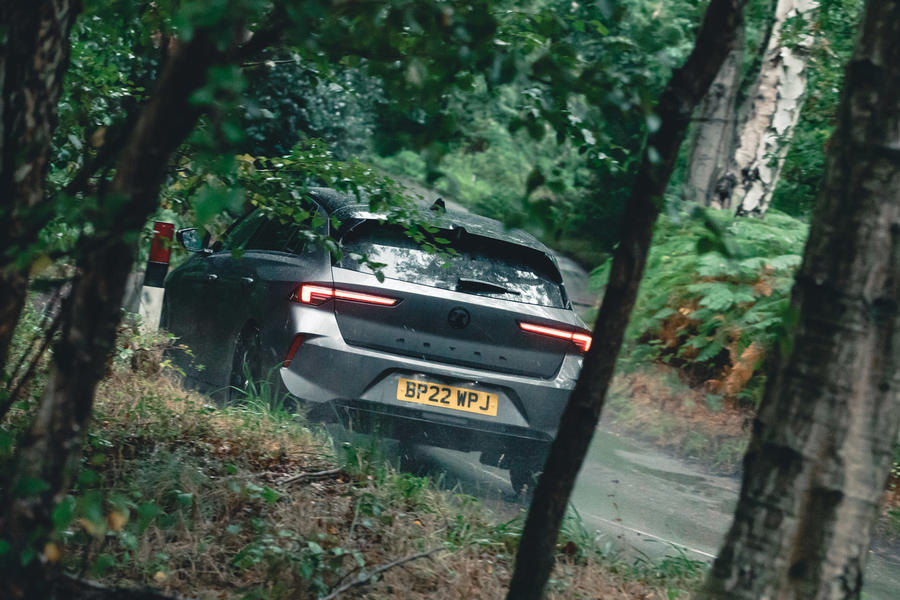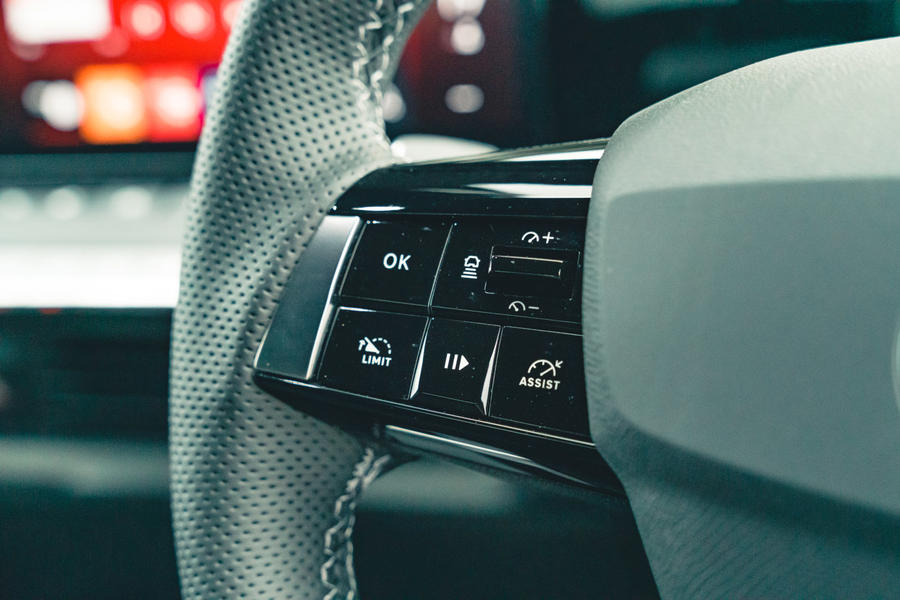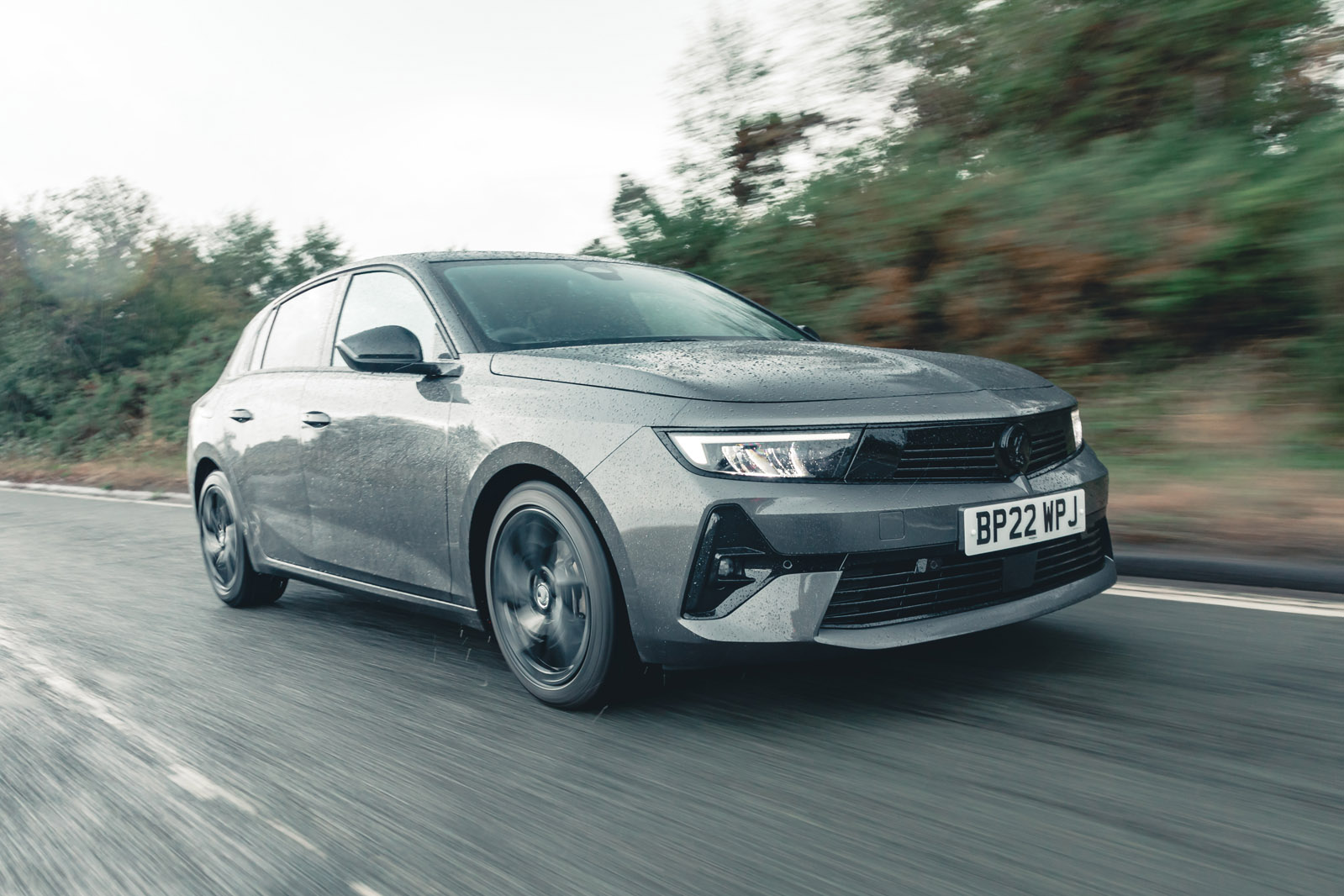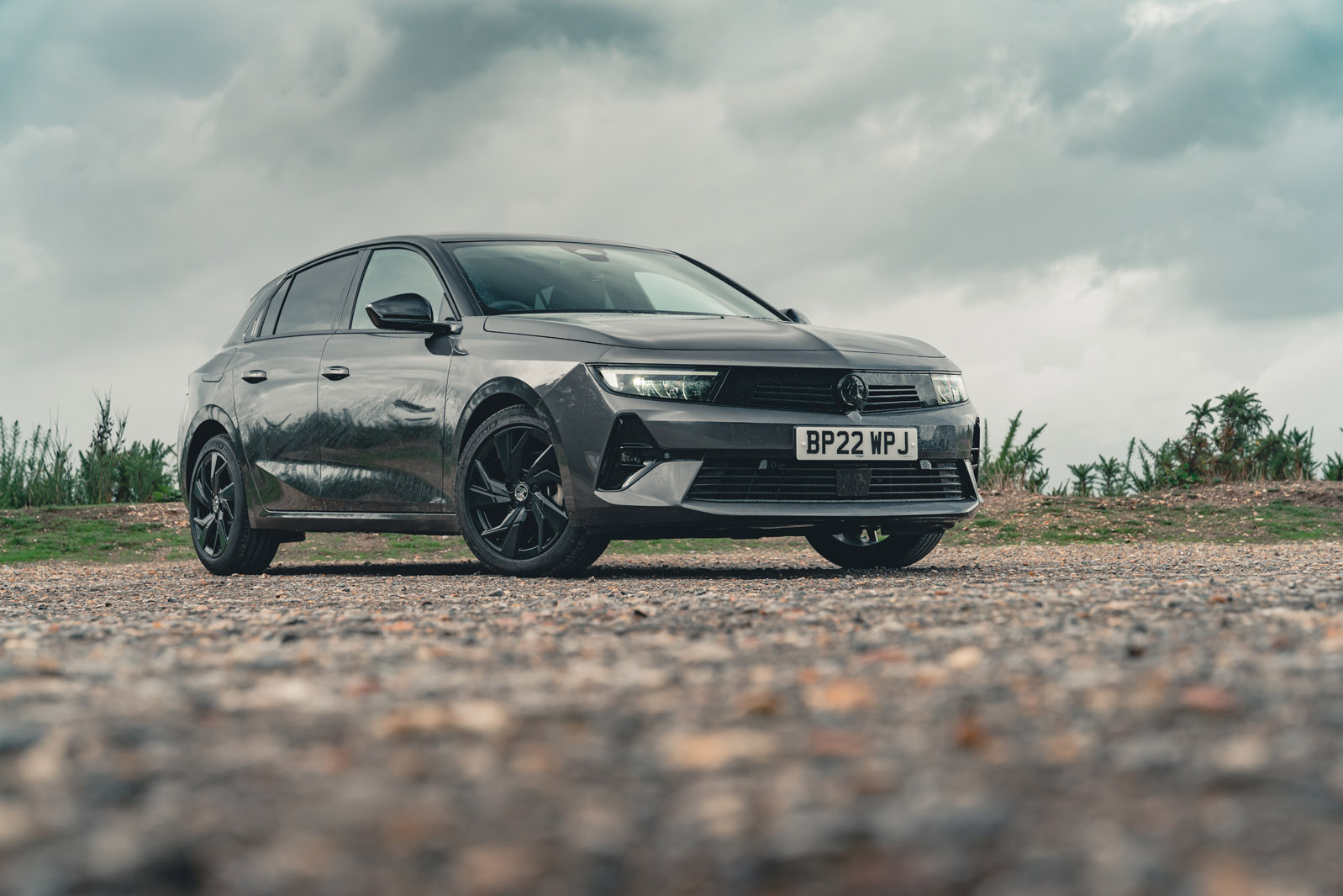The backstory of the Vauxhall Astra tells you much about Vauxhall as a company, as well as the ebb and flow of volume car making on these isles.
Having always been what we might now call a platform-engineered vehicle, the Astra was launched in the UK in 1980 as the successor to the popular Viva, but it differed from its predecessor technically in a number of significant respects. Even the Viva shared a floorpan and engines with its European equivalent, the Opel Kadett, but while the Opel’s parts and panels were measured, cut and stamped out in metric millimetres, the Viva was designed, measured and made in imperial feet and inches.
Like the eighth-generation version we are about to consider, the Astra Mk1 changed all that. It was also the first compact Vauxhall with front-wheel drive, or to offer a choice of both petrol and diesel engines. It quickly found a receptive market in the UK and continued the Viva’s sales success. Another six generations of the car followed onto Vauxhall’s Ellesmere Port production lines over the proceeding four decades, during which time the Astra carved out a place as one of Britain’s biggest-selling new cars.
But now, change has come to the car that so many have known. The Mk8 Astra is the first to have been designed and engineered entirely by Stellantis. It is the first that won’t be built in the UK in any form, with Vauxhall’s parent company now gearing up for electric commercial vehicle production at Ellesmere instead. Like the Vauxhall Corsa before it, the Astra switches from an old General Motors model architecture to a new one that makes it a technical relation of the current Peugeot 308 and 408, and the Citroën C5 Aircross and Citroen C5 X. But, unlike any Astra before, this one adopts both electric and plug-in hybrid powertrains in a bid to remain a relevant, responsible choice for the many thousands who will drive one.


